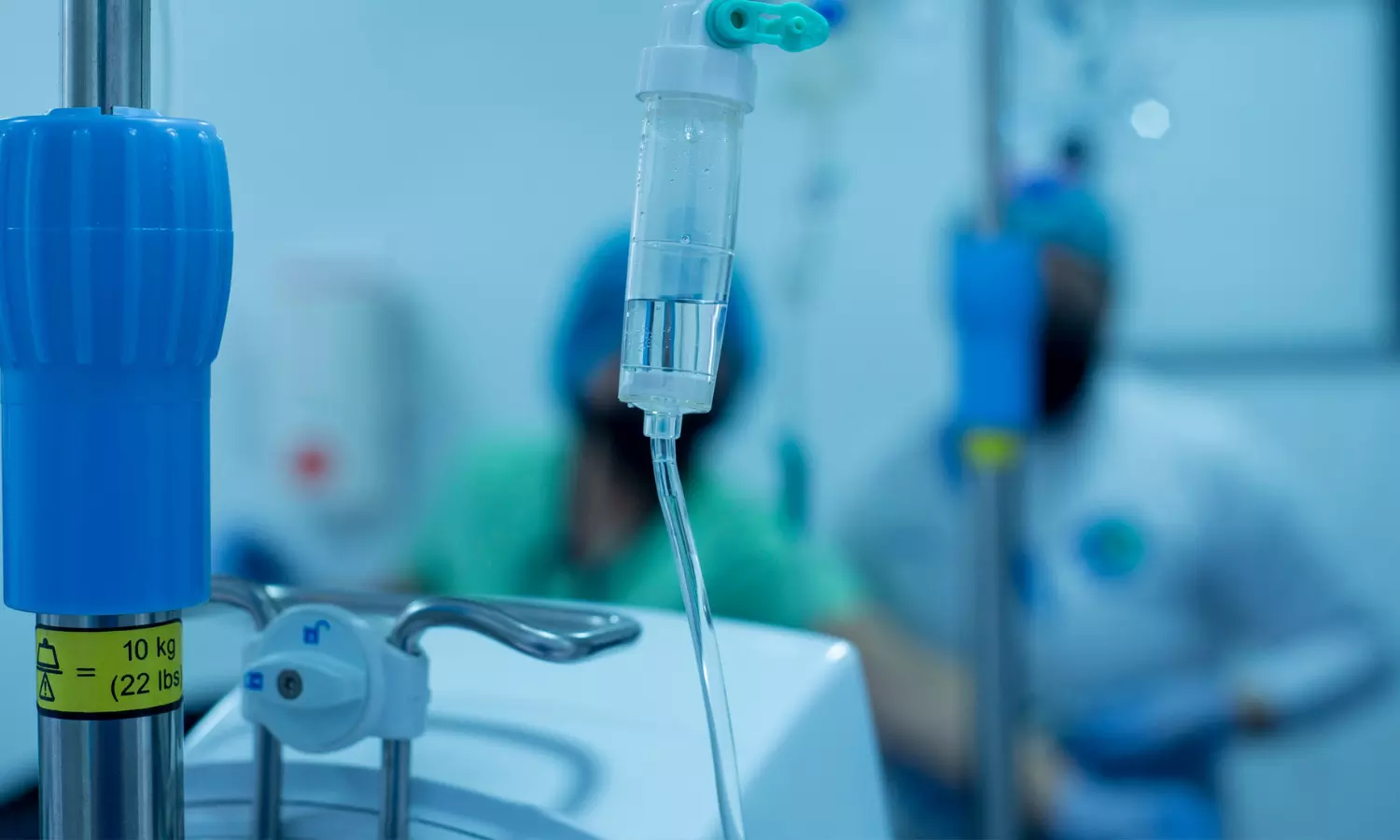Airway management is a fundamental aspect of anesthesia practice and emergency and critical care medicine. Endotracheal intubation has a potential to induce highly noxious stimuli to the patient and therefore constitutes a period of extreme hemodynamic stress. Dexmedetomidine has gained popularity in providing stable hemodynamics during laryngoscopy, with significant post-operative analgesia and sedation in patients undergoing laparoscopic surgeries. Aim of this study was to compare the effects of two different doses (0.4mcg/kg & 0.6mcg/kg) of dexmedetomidine boluses pre-operatively as infusion on the stress response to laryngoscopy and pneumoperitoneum intra-operatively by assessing hemodynamics.
In this comparative cross sectional study, 60 patients aged 20-60 years of both genders falling under ASA I-II category scheduled for elective laparoscopic nephrectomy under general anesthesia with endotracheal intubation were included after obtaining informed consent. For the purpose of study the patients were allocated alternatively to Group A (30 patients) who received 0.4mcg/kg dexmedetomidine as premedication and Group B (30 patients) who received 0.6mcg/kg dexmedetomidine premedication. On arrival to the pre-anesthetic room, after attaching standard ASA monitors, baseline readings of HR, BP, RR and SpO2 were recorded. Dexmedetomidine infusion was started as per prescribed dose and vital signs were monitored after 1min, 5mins, 10mins and 15mins. 15min later, general anesthesia was induced with IV fentanyl 2mcg/kg and propofol 1.5mg/kg after pre-oxygenation for 3minutes, followed by rocuronium 0.8mg/kg. Trachea was intubated with endotracheal tube after direct laryngoscopy and anesthesia maintained with O2: Air (50:50) and sevoflurane (1.5% concentration). Immediately after laryngoscopy, the vital signs (HR, BP, and SpO2) were recorded and thereafter recordings were made every 5 min. Intra-operatively vital signs were again documented immediately after the creation of pneumoperitoneum; subsequent recordings were made at 5min, 10min, 15min and 20min. Anesthetic agents were stopped at the end of surgery followed by administration of reversal agent (Neostigmine + Glycopyrrolate) and the patient was extubated in the operation room.
There were no differences between the groups with respect to patient demographics. In both groups, the hemodynamic responses after laryngoscopy and intubation were attenuated. The results were statistically significant in group B (0.6mcg/kg) compared with group A (0.4mcg/kg). However both the studied doses of dexmedetomidine premedication failed to reduce the stress response resulting from creation of pneumoperitoneum. No serious adverse effects were observed in either of the groups.
Our study concluded that dexmedetomidine premedication at 0.6mcg/kg dose was more efficacious than 0.4mcg/kg in the attenuation of hemodynamic stress response to laryngoscopy and intubation during laparoscopic nephrectomy.


